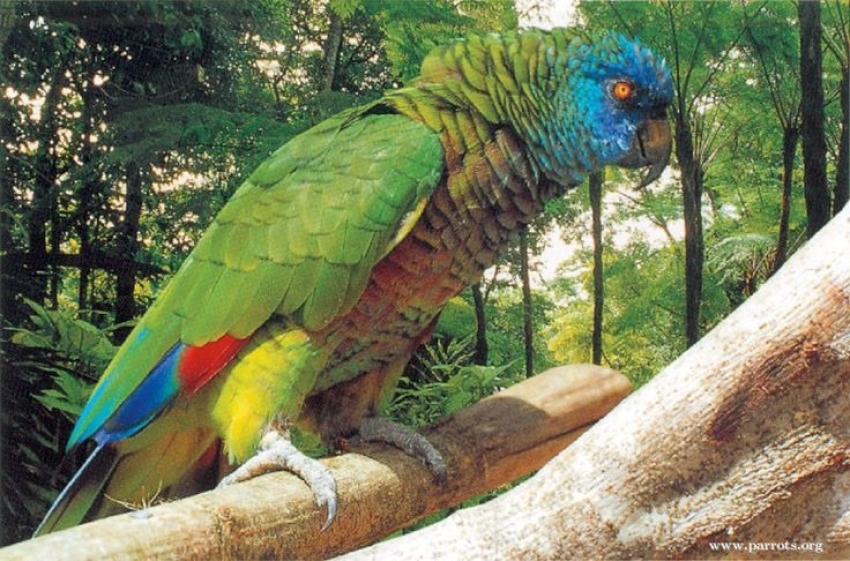While the population is increasing now, authorities note the danger deforestation poses to the survival of the parrot.
Known locally as Jacquot, some parrots were sent to a conservation facility in Germany as part of a breeding programme following Allen’s passage. The goal was to ensure the Jacquot, endemic to Saint Lucia, does not face extinction due to another natural disaster.
“We have an agreement with an association for conservation of threatened parrots. That organisation is based in Germany. As we speak, they have over 20 of our parrots in the zoo based on the agreement,” explained Agriculture Minister and forestry expert, Alfred Prospere.
Meanwhile, the local parrot population continues increasing and can be spotted by birdwatchers. Jacquots have been spotted flying among the trees at Piton Flore and also at Dauphin.
“The recent information I got on our population is somewhere above 3,000 and that is very good,” said Prospere.
The Minister adds, however, that deforestation is one of the main threats, after natural disasters, to the continued survival of the parrot.
“We are still challenged with the whole indiscriminate cutting of the forest that is limiting the space or the habitat that can contribute to the survival of the parrots.”
Prospere highlights that despite the prevailing challenges, the Department of Forestry is getting assistance from the Association for the Conservation of Threatened Parrots for the protection of the Jacquot.
“But I know we have that agreement with the ACTP. And as a result, they've been giving or providing financial assistance to forestry. They have given us a lot of assistance in terms of helping with reforestation, education, provision of vehicles, training, etc.”
Written records of the Amazona Versicolor were first published in 1776 and the parrot has always been found only in Saint Lucia.


